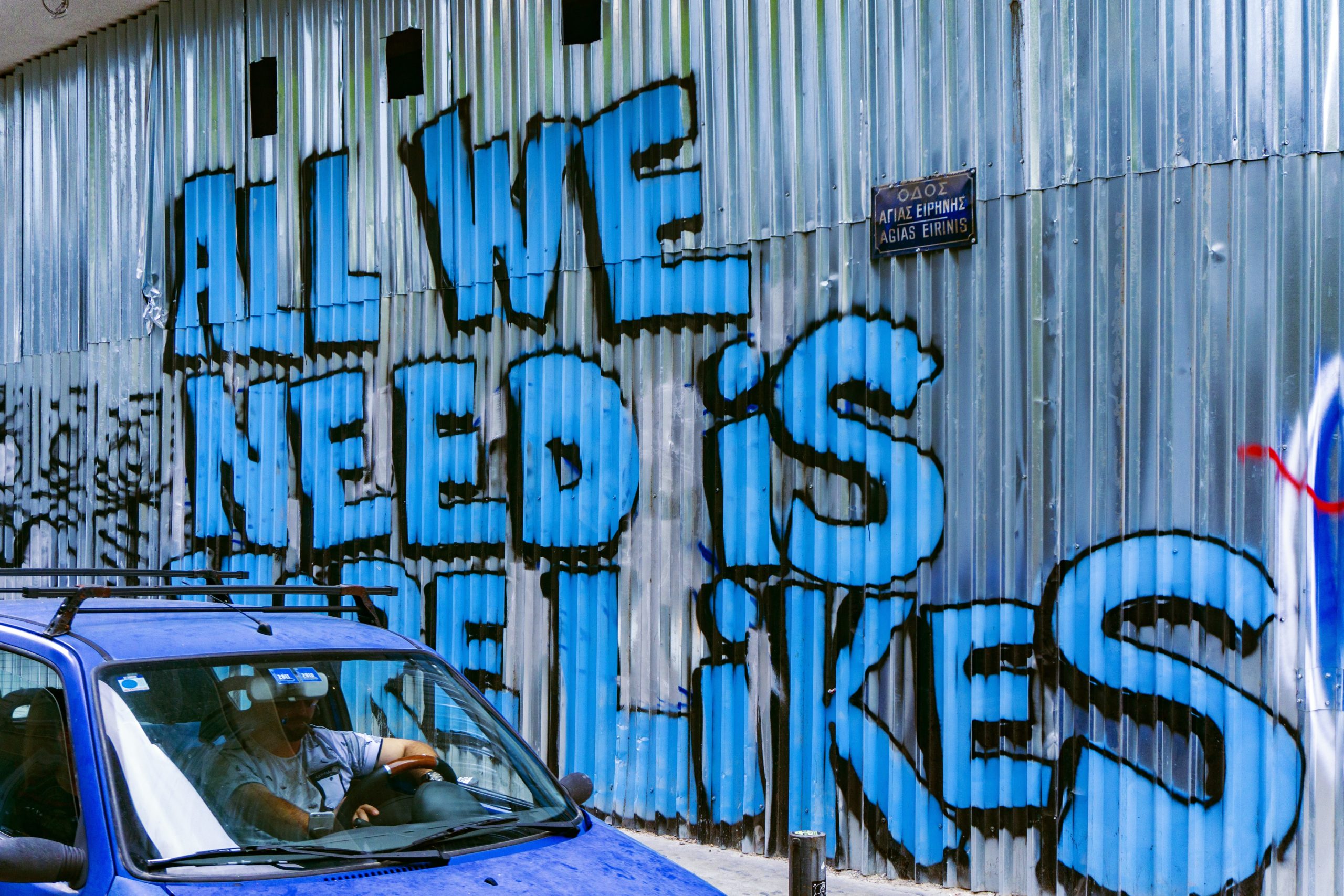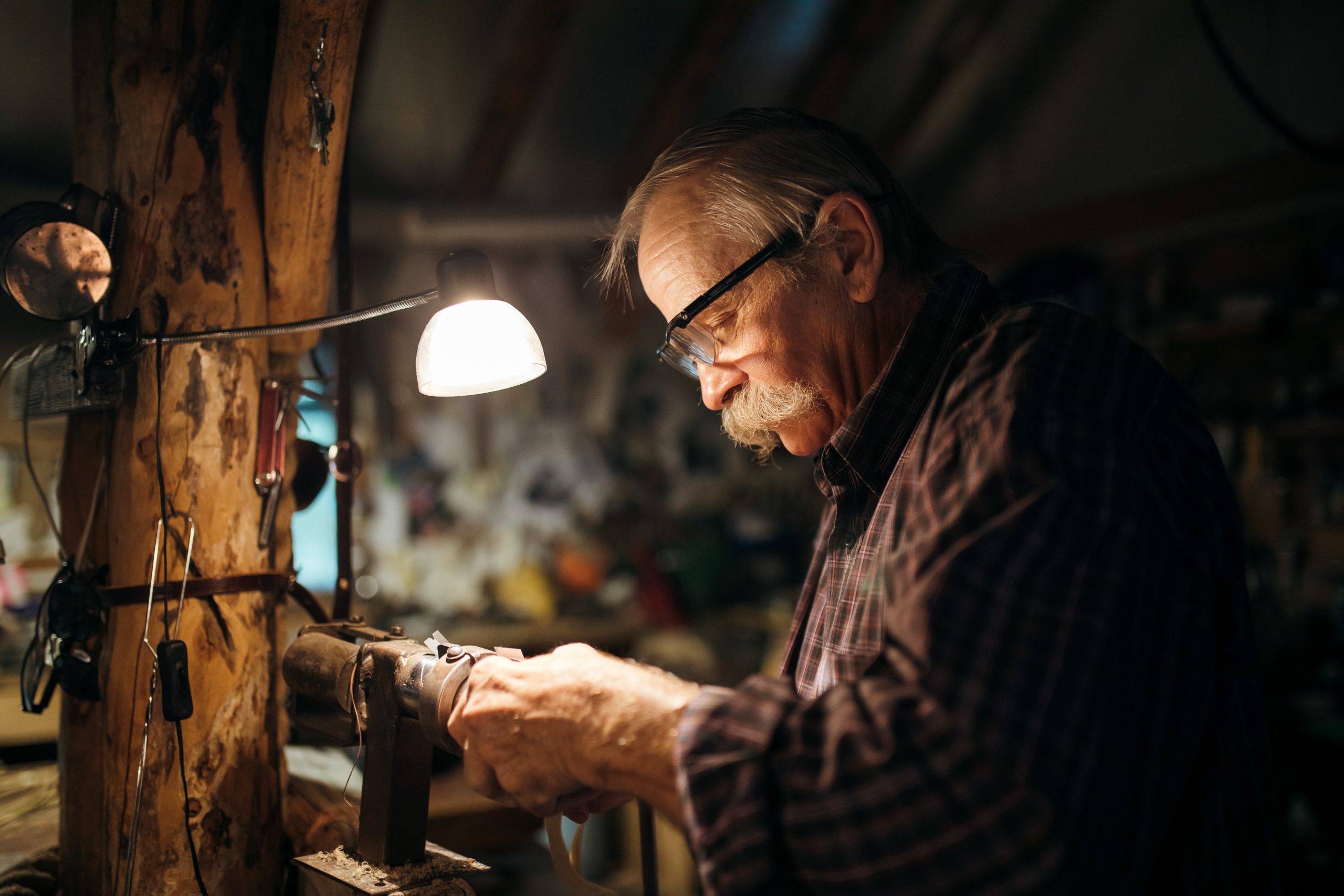
Solve Business Problems with What You Already Have

Recently, we had the pleasure of speaking to the Aalto Fellows, some of the top students from Finland’s Aalto University. We spoke to them at Stanford University for their entrepreneurial tour in Silicon Valley. We were most impressed that this group was organized and funded by the students themselves! What a great way to get a sample of real entrepreneurship!
By the time we spoke to them, they had already heard a bunch of entrepreneurial stories from the best of the best Silicon Valley has to offer. They heard from a lot of the entrepreneurial academics about what it takes. We also knew that the VCs who “created” the Valley spoke to them about what they look for in their own prospective projects. So what could we tell them that was different, fresh, memorable, and practical?
Most companies they had visited were successful VC-funded “unicorns”. They were given tons of resources and assets from the very beginning. They had to give quite a bit of their equity in the beginning, of course. And nobody ever talks about the 19 failures for every 1 unicorn.
Is it really possible to pull up your business by the bootstraps when you’re under-financed? Is there a way to learn how to solve challenges without copious resources? We think so. This is what we had to do, and it’s what most startups can benefit by.
When you’re undercapitalized and running out of runway, you’re forced to get creative and resourceful. You must learn quickly how to work with creditors in such a way that they’ll extend your terms, rather than putting you on a cash basis.
Sure, anyone can be resourceful. Use a door as a desk and a laundry room for an office, just like we did. Yes, you could trade for goods and services, and hire your family to help, like we did. This only goes so far, though. Eventually, you’ll need help with finances in some way. As for us, we found that help in three crucial relationships.
- Our Vendors
We evaluated our accounts payable, and we quickly realized that the glass company had the most at stake in our business. The more products we sold, the more bottles they sold us. Yes, that’s right; the more they’d sell, the more money they’d make! They were naturally a strategically, but only if we could convince them to trust us.
We decided we would meet with them on a quarterly basis to discuss our challenges and future plans. We were empathetic about their concern that we wouldn’t pay them in a timely fashion. When our cash flow predicted that our payment would be late, we let them know way ahead of time. We came up with a payment plan that would make our account current, and we always followed through!
Then, they were more comfortable extending terms. This allowed us to expand nationwide without needing to raise extra money. This is a perfect example of how to use soft skills to earn hard cash!
- Our Employees
We depended on our employees to innovate, problem-solve, and stay loyal and excited about our company. Instead of putting them on a need-to-know basis, we put them on a know-the-need basis. We thought they won’t be able to help us if they don’t know what our needs are!
At one point, we had a serious issue. The good news: We got into a huge Florida chain store. The bad news: Like all new products, we were put on the bottom shelf, where nobody looks. The scary news: If we couldn’t go through 100 cases in 90 days, the chain would kick us out—FOREVER!
An employee of ours joked around and said, “Well, we’re ‘Barefoot’, we’ll just go after the foot traffic!” We all laughed. But then another employee chimed in, “Wait a minute, that’s not such a crazy idea, why don’t we just put decal footprints down the wine aisle and turn them into our position on the bottom shelf?” We went on to use those footprints all over the US. And it was our receptionist who came up with the idea!
- Our Buyers
Distributors and retailers were the buyers in our business. The retailers wouldn’t buy unless their customers bought, and the distributors wouldn’t buy unless the retailers bought. Many VC-financed businesses put a huge sum of money into advertising to bring customers to retailers.
But we didn’t have any money for advertising. We were terrified at first that our product wouldn’t be able to move fast enough for the retailers, because nobody knew about our brand. Then, we got a phone call from a community group looking for donations for a playground. Since we didn’t have any money, we gave them our wine in hopes they’d possibly use it at their fundraiser to loosen up some pockets, or maybe they could auction it off. We were surprised to see our sales take off in their neighborhood.
We tried the same thing in another area. It worked! We tried it in a whole other city. It worked! And it worked extremely well. So well that we took Barefoot nationwide without ever using commercial advertising. Because we were empathetic toward our customers, they had a social reason to choose our products.
Conclusion:
These strategies might not work for everybody. Every company is unique. But there’s a golden thread that is woven through each of these examples, and it’s applicable to any business. It could reduce your need for extra funds. It can empower and inspire your people, reducing turnover rates. And it can bring you the customer base you need to get a positive cash flow and more. Empathy is that gold thread. The more often you use it, the less financial help you’ll need.
We are thrilled to announce that our forthcoming audiobook is soon to be released, on this exact subject.
- Unlike most business books that discuss companies with a lot of resources, our book will focus on the true beginning of the Barefoot brand—a real testimony to resourcefulness and empathy.
- Unlike most business books that give list after list textbook style to tell you what to do, what not to do, and the 5 things your customer wants from you, our book will include a series of stories created to inform and entertain.
- Unlike most business books that feature a monotonous narrator, the characters in our book will be voiced by real actors, bringing each story to life as you listen.
If this book sounds fun for you, check it out at www.barefootaudiobook.com.
For more, read on: http://c-suitenetworkadvisors.com/advisor/michael-houlihan-and-bonnie-harvey/
Preserve Founders Legacy through Story Performed by Actors with Sound Effects and Music
DOES YOUR HISTORY, FOUNDING SPIRIT, & GUIDING PRINCIPLES GET LOST OVER TIME?
Does your growth result in specialization, turf battles, corporate malaise, costly employee turnover, and lack of engagement and loss of the big picture?
"Any company that works intentionally on their culture will like this product for on-boarding."
-Bill Higgs, Host, Culture Code Champions Podcast
"TRANSFORMATIONAL ! Tremendous potential for CEO's to tell their story in a new way!"
-Robert Reiss, Forbes Magazine
After building & selling the famous Barefoot Wine Brand and writing the NYT's Bestseller, The Barefoot Spirit, used in 60 schools of entrepreneurship, and after a decade of being trusted advisors to startups, buildups, and buildouts, Michael Houlihan & Bonnie Harvey have developed Business Audio Theatre. As workplace culture experts, they believe the best way to increase engagement and reduce turnover is through story. They believe the best way to convey business story is through audio theatre provided to new employees on day one. Identification with the founders, their story, and their principles is the basis for identification. Identification is the basis for engagement. Engagement is the basis for longevity. Find out more!
Watch C-Suite TV Interview with Taryn Winter Brill:
Listen to The Barefoot Spirit from the C-Suite Library
Call: 707-484-1600
EMAIL: Sales@TheBarefootSpirit.com
Michael & Bonnie in Action:
1.5 minute: https://barefootspirit.wistia.com/medias/svuthvx4uy
2.5 minute: https://barefootspirit.wistia.com/medias/q1t21okz9f
3 minute: https://barefootspirit.wistia.com/medias/8y5btoyfrw
10 minute: https://barefootspirit.wistia.com/medias/8crj4p1hg9
|Welcome to Business Audio Theatre the Most Effective Onboarding Tool to Reduce Turnover and Increase Engagement
Preserve Founders Legacy through Story Performed by Actors with Sound Effects and Music
DOES YOUR HISTORY, FOUNDING SPIRIT, & GUIDING PRINCIPLES GET LOST OVER TIME?
Does your growth result in specialization, turf battles, corporate malaise, costly employee turnover, and lack of engagement and loss of the big picture?
"Any company that works intentionally on their culture will like this product for on-boarding."
-Bill Higgs, Host, Culture Code Champions Podcast
"TRANSFORMATIONAL ! Tremendous potential for CEO's to tell their story in a new way!"
-Robert Reiss, Forbes Magazine
After building & selling the famous Barefoot Wine Brand and writing the NYT's Bestseller, The Barefoot Spirit, used in 60 schools of entrepreneurship, and after a decade of being trusted advisors to startups, buildups, and buildouts, Michael Houlihan & Bonnie Harvey have developed Business Audio Theatre. As workplace culture experts, they believe the best way to increase engagement and reduce turnover is through story. They believe the best way to convey business story is through audio theatre provided to new employees on day one. Identification with the founders, their story, and their principles is the basis for identification. Identification is the basis for engagement. Engagement is the basis for longevity. Find out more!
Watch C-Suite TV Interview with Taryn Winter Brill:
Listen to The Barefoot Spirit from the C-Suite Library
Call: 707-484-1600
EMAIL: Sales@TheBarefootSpirit.com
Michael & Bonnie in Action:
1.5 minute: https://barefootspirit.wistia.com/medias/svuthvx4uy
2.5 minute: https://barefootspirit.wistia.com/medias/q1t21okz9f
3 minute: https://barefootspirit.wistia.com/medias/8y5btoyfrw
10 minute: https://barefootspirit.wistia.com/medias/8crj4p1hg9
|Welcome to Business Audio Theatre the Most Effective Onboarding Tool to Reduce Turnover and Increase Engagement
Preserve Founders Legacy through Story Performed by Actors with Sound Effects and Music
DOES YOUR HISTORY, FOUNDING SPIRIT, & GUIDING PRINCIPLES GET LOST OVER TIME?
Does your growth result in specialization, turf battles, corporate malaise, costly employee turnover, and lack of engagement and loss of the big picture?
"Any company that works intentionally on their culture will like this product for on-boarding."
-Bill Higgs, Host, Culture Code Champions Podcast
"TRANSFORMATIONAL ! Tremendous potential for CEO's to tell their story in a new way!"
-Robert Reiss, Forbes Magazine
After building & selling the famous Barefoot Wine Brand and writing the NYT's Bestseller, The Barefoot Spirit, used in 60 schools of entrepreneurship, and after a decade of being trusted advisors to startups, buildups, and buildouts, Michael Houlihan & Bonnie Harvey have developed Business Audio Theatre. As workplace culture experts, they believe the best way to increase engagement and reduce turnover is through story. They believe the best way to convey business story is through audio theatre provided to new employees on day one. Identification with the founders, their story, and their principles is the basis for identification. Identification is the basis for engagement. Engagement is the basis for longevity. Find out more!
Watch C-Suite TV Interview with Taryn Winter Brill:
Listen to The Barefoot Spirit from the C-Suite Library
Call: 707-484-1600
EMAIL: Sales@TheBarefootSpirit.com
Michael & Bonnie in Action:
1.5 minute: https://barefootspirit.wistia.com/medias/svuthvx4uy
2.5 minute: https://barefootspirit.wistia.com/medias/q1t21okz9f
3 minute: https://barefootspirit.wistia.com/medias/8y5btoyfrw
10 minute: https://barefootspirit.wistia.com/medias/8crj4p1hg9
- Tell Your Story With an Experienced and Award-Winning Team - December 10, 2020
- The Romance of the Wine Business – Not! - November 19, 2020
- Do a Re-Take on Your Miss-Take - October 23, 2020







